Diretta per il terzo anno sotto lo sguardo dalla bellezza tenebrosa di Nicola Ricciardi, la sinfonia di Miart in questa edizione del 2023 ha aumentato la sua intensità in un crescendo di partecipazioni, premi e acquisizioni.
L’immaginario della ventisettesima edizione della fiera internazionale d’arte moderna e contemporanea ha continuato ad essere quello musicale, che già nel suo titolo, Crescendo, mirava a rinforzare la sua immagine di prima kermesse di settore in Italia e in Europa, aumentando del 10% le gallerie partecipanti e incrementando del 40% la presenza internazionale degli espositori.
A ben vedere, però, quello che non è cresciuto allo stesso ritmo è la proposta delle gallerie della big establishment nostrana. Infatti, le opere introdotte in fiera sono sembrate essere più in grado di conquistare il cuore dei collezionisti nostalgici che di testimoniare una ricerca attiva e più attuale, dimostrando così uno scarso interesse nell’acquisizione e promozione di nuovi lavori e giovani artisti internazionali, a favore di ben altri e più sicuri che hanno fatto la storia del contemporaneo italiano.
Del resto, cosa aspettarsi da una fiera che, seppur dell’arte, risponde ai risvolti più commerciali del mercato e alla domanda del più agguerrito collezionismo?
Fortunatamente, ci sono state alcune eccezioni a glissare il divario in essere a Miart, come la Apalazzogallery, Alfonso Artiaco, Galleria Alessandra Bonomo, Galleria Continua, Galleria Raffaella Cortese, Era Gallery, SpazioA e Sara Zanin, per citarne alcune che, con grande spirito pioneristico, hanno presentato opere di artisti emergenti e di grande successo, provenienti da diverse parti del mondo, tra cui l’America, l’Africa e l’est Europa.
Le opere selezionate dalle rispettive gallerie hanno dialogato su idee comuni alle filosofie buddiste, all’identità culturale e alla percezione ambientale, offrendo al pubblico un’alternativa valida di riflessione oltre che di mercato.
Tra gli artisti presentati si potevano trovare nomi come Helen Mirra, Andro Eradze, Ibrahim Ahmed, Sonia Boyce e molti altri, per un processo di esplorazione che ha trovato continuità con il contributo di oltre quaranta gallerie fuori porta e la loro linea.
Tuttavia, le scene artistiche locali più rappresentate rimangono per lo più quelle di Londra, Parigi, Berlino, Madrid e Svizzera, confermando l’Europa uno dei mercati dell’arte più importanti al mondo.
Oltre ai luoghi comuni dell’economia e in favore di una passione più fervente per la scoperta, si è distinta la francese 193 Gallery per il suo approccio globale e interculturale, che l’ha portata a esplorare temi e artisti provenienti da paesi diversi e spesso poco rappresentati nelle fiere di settore italiane.
La galleria, fondata da Cesar Levy nel 2018, ha presentato un interessante dialogo tra due artisti di generazioni e culture diverse: il fotografo marocchino Hassan Hajjaj e il pittore camerunense Sesse Elangwe Ngeseli. La mostra ha proposto un’esperienza cromatica unica, in cui i colori vibranti e la cura per la presentazione sono stati protagonisti.
L’opera di Hajjaj, in particolare, ha attirato l’attenzione del pubblico con la sua combinazione di fotografia, moda e design. Le sue opere, in cui soggetti di cultura marocchina sono immortalati in abiti colorati e accessori alla moda, hanno offerto una rappresentazione unica della cultura e della bellezza del paese nordafricano.
La sua scenografia ha creato un’atmosfera coinvolgente e divertente, in cui l’arte non era solo osservazione ma anche esperienza. Sesse Elangwe Ngeseli, da parte sua ha presentato la sua interpretazione personale della cultura africana.
Le sue opere hanno esplorato l’identità e la tradizione camerunese attraverso una tavolozza di colori audaci e forme geometriche. Il suo lavoro, insieme a quello di Hajjaj, ha dimostrato come l’arte possa essere uno strumento per connettere le culture e diffondere la comprensione tra di esse.
La curatrice della galleria Mary-Lou Ngwe-Secke ci parla del suo incontro con gli artisti e del lavoro di promozione dell’arte in Marocco, un paese che, nonostante i casi di artisti arrestati o censurati per le loro opere considerate offensive o contro la morale pubblica, come ad esempio Zainab Fasiki nel 2018 o l’artista e attivista Maâti Monjib perseguito per le sue opinioni politiche, ha visto emergere negli ultimi anni numerosi e innovativi esponenti dell’arte grazie al crescente aiuto delle istituzioni pubbliche e private.
Sulla base di quale esigenza dell’arte, nel 2018, è nata la 193 Gallery?
“La galleria 193 è stata creata attorno ad una passione fervente per l’arte, i viaggi e la scoperta di culture straniere. L’obiettivo era e rimane quello di difendere la diversità e la legittimità di tutte le scene artistiche, ponendo costantemente in discussione le idee consolidate del mondo dell’arte.”
Secondo la vostra esperienza, c’è nel mondo dell’arte un bisogno o una lacuna da colmare in termini di ricerca artistica?
“Ancora una volta, la questione riguarda la diversità culturale e non solo; inoltre, l’accessibilità al mondo dell’arte è un tema importante. Intendo dire che il circuito delle gallerie potrebbe essere visto come molto freddo e inaccessibile. (O per lo meno, a volte è ancora percepito in questo modo).
Penso che apportare maggiore diversità nella proposta artistica, in termini di supporti, origini e generi, sia importante per connettersi alle persone. Ciò avviene anche attraverso la messa in discussione del white cube e l’offerta di opportunità agli artisti e ai curatori per lavorare sulla loro ricerca in modi diversi. Forse c’è un divario tra le gallerie e i centri d’arte che stiamo cercando di colmare (ridendo).”
Investire su artisti appartenenti a così tanti e diversi scenari dell’arte contemporanea, dal sud- est Asiatico all’Europa, richiede senz’altro un impegno di promozione e di investimento affatto facile. Quale politica guida le scelte che sostengono la galleria?
“Continuamente facciamo ricerca mentre ci muoviamo e presentiamo artisti e forti dichiarazioni provenienti da diverse origini ovunque possiamo. Si tratta di condividere le loro storie e le loro visioni con il mondo; quindi portiamo il mondo a Parigi, poi portiamo il Camerun e il Marocco in Italia, il Kenya in Cina, Taiwan nei Paesi Bassi, ecc.
Questo riguarda anche la legittimità. Le persone temono/rifiutano ciò che ignorano/non capiscono e l’arte è la migliore arma per creare curiosità, incontri e accettazione.”
In particolare, che tipo di scelte e intenzioni hanno guidato l’interessa delle galleria sul Marocco?
“Per essere onesti, la scelta è stata dettata da un sentimento di empatia con la cultura locale. Cesar Levy, il direttore e fondatore della galleria, si è innamorato del Marocco alcuni anni fa; il paese, la cultura, la gente.
Quindi ha prestato attenzione a ciò che stava accadendo lì. La scena artistica marocchina è vivace e potente, ma ha ancora bisogno di più visibilità.”
Successivamente la cancellazione della Biennale di Marrakesh del 2018, a causa di un deficit di 300mila euro, e i pochi fondi pubblici per l’arte, lo sviluppo della scena artistica marocchina ha ripreso la sua scalata da qualche anno, soprattutto in seguito ai cambiamenti politici ispirati dal governo del re Mohammed VI, attraverso la programmazione di eventi culturali, l’apertura di spazi e gallerie d’arte indipendenti. Non avere ancora una condizione di stabilità contribuisce ad una sfiducia d’investimento nell’arte locale del Marocco?
“Beh, la scena artistica in Marocco sta crescendo costantemente. Ad esempio, a febbraio siamo stati alla incredibile Fiera d’arte 1-54, gestita da Touria El Glaoui e dal suo team, principalmente donne, presso La Mamounia. È stata un grande successo, frequentata da collezionisti, galleristi, fondazioni, ecc.
Abbiamo scoperto luoghi d’arte, iniziative, nuovi musei e nuove gallerie, segnalando un positivo aumento degli investimenti nell’arte locale marocchina, che sta lentamente ma sicuramente ripartendo.”
Ma parliamo un po’ dell’artista, cosa spinge H. a lavorare sulla ridefinizione delle gerarchie sociali, i miti, i riti, e tutto quello che esprime il lavorio incessante di qualsiasi società per definire il sé e l’altro?
“Per Hassan Hajjaj, si tratta anche di essere accettato e legittimato nello spazio pubblico e di essere incluso nel discorso pubblico in generale. Ancora una volta, la società ha la tendenza a respingere alcune persone sulla base della paura e dell’assenza di una vera conoscenza di una particolare cultura.
Ecco perché il lavoro di Hassan Hajjaj è così importante: parla alle persone ma anche per le persone, decostruendo false idee e false visioni della sua cultura. Inoltre, porta i bellissimi colori del Marocco, della sua gente e delle sue culture.”
A propsito di internazionalità, ci sono delle fiera d’arte in particolare che vi interessano più di altre? Soprattutto Miart che posizione prende tra queste e perché?
“Sì, naturalmente ci sono fiere a cui vogliamo partecipare come Basel, ParisPhoto, Miart, Armory, 1-54, ecc. Le fiere sono considerate importanti in termini di mercato ma anche in termini di curatela.
È ancora una questione di legittimità e queste fiere sono importanti per gli artisti e le gallerie perché, nel modo in cui funziona il mondo dell’arte/mercato oggi, la legittimità è fondamentale.”
Quali artisti avete selezionato per la vostra partecipazione a Miart e cosa vi ha spinto a questa scelta?
“Partecipiamo sempre alle fiere con un concetto di esposizione serio e divertente allo stesso tempo. Quest’anno abbiamo dato il benvenuto alle persone con la passerella di colori di Hassan Hajjaj e Sesse Elangwe Ngeseli.
Per Miart abbiamo selezionato loro perché abbiamo pensato che fosse un dialogo molto interessante tra due diverse generazioni di artisti che portano il messaggio del loro paese e del loro popolo attraverso i colori.”
Non ho potuto fare a meno di notare la poco presenza di artisti marocchini nel circuito dell’arte Italiano, e soprattutto a Miart. La vostra 193 fa la differenza in questo: da cosa è dovuto il vostro interesse per l’artista Hassan Hajjaj? E In che modo l’artista contribuisce alla ricerca della galleria?
“L’energia esuberante e colorata del suo lavoro. Hassan Hajjaj presta molta attenzione anche alla scenografia. Non è solo arte, è un’esperienza completa. Sicuramente la sua visione è in un certo senso fonte di ispirazione per la galleria 193, poiché cerchiamo costantemente di presentare al nostro pubblico universi forti ed esperienze diverse.”
Come Galleria ci sono aspetti del circuito fieristico, nel suo complesso, che vorreste vedere modificato in questo momento storico?
“Abbiamo un mondo colorato, quindi riportiamo i colori nei circuiti espositivi e continuiamo ad aumentare sempre più la diversità!”
Moroccan artist spices up MIART – Hassan Hajjaj energise the dialogue between the art market and visual culture.
Taking place in Milan for the third year under the watchful eye of Nicola Ricciardi‘s dark beauty, the ‘symphony’ of Miart increases its intensity in a ‘crescendo’ of participation, prizes, and acquisitions. From April 14 to 16 at the Allianz MiCo in Milan, this 27th edition of the international modern and contemporary art fair continues to play on the musical imagery, as its title ‘Crescendo’ aims to strengthen its image as the leading fair in Italy and Europe, increasing the number of participating galleries by 10% and international exhibitors by 40%.
However, what does not grow at the same rate is the proposal of the galleries of the big establishment in Italy. In fact, the works introduced at the fair seem to be more apt to conquer the hearts of nostalgic collectors than to demonstrate an active and more current research. This is demonstrating a poor interest in the acquisition and promotion of new works and young international artists, in favour of well-known and more secure artists who have made the history of Italian contemporary art.
After all, what can be expected from a fair that – even though is art-centred – responds to the most commercial aspects of the market and to the demand of the most aggressive collecting? Fortunately, there have been some exceptions to this, such as Apalazzogallery, Alfonso Artiaco, Galleria Alessandra Bonomo, Galleria Continua, Galleria Raffaella Cortese, Era Gallery, SpazioA and Sara Zanin, to name a few. With great pioneering spirit, these galleries have presented works by emerging and highly successful artists from different parts of the world, including America, Africa, and Eastern Europe.
The works selected by their respective galleries have engaged in dialogues on ideas common to Buddhist philosophies, cultural identity, and environmental perception, offering the public a valid alternative for conversations and reflections, as well as catering to the market. Among the artists presented are names such as Helen Mirra, Andro Eradze, Ibrahim Ahmed, Sonia Boyce, and many others.
A process of exploration that finds continuity with the contribution of over forty international galleries and their respective lines of research. However, the most represented art scenes are still mostly those of London, Paris, Berlin, Madrid, and Switzerland, confirming that Europe is still one of the most important art markets in the world.
In addition to the commonplaces of the economy and in favour of a more fervent passion for discovery, the French 193 Gallery stands out for its global and intercultural approach, which leads it to the exploration of themes and artists from different and often underrepresented countries in Italian fairs.
The gallery, founded by Cesar Levy in 2018, presented an interesting dialogue between two artists of different generations and cultures: Moroccan photographer Hassan Hajjaj and Cameroonian painter Sesse Elangwe Ngeseli. The exhibition offered a unique chromatic and scenic experience, in which the protagonists were vibrant colours and attention to the artwork presentation.
Hajjaj’s work, in particular, attracted the attention of the public with his combination of photography, fashion, and design. His works, in which the subjects of Moroccan culture are immortalized in colorful clothes and trendy accessories, offered a unique representation of the culture and beauty of the North African country.
His scenery created an engaging and fun atmosphere, where art was not just observation, but also experience. Sesse Elangwe Ngeseli, on the other hand, presented his personal interpretation of African culture. His works explored Cameroonian identity and tradition through a palette of bold colours and geometric shapes.
Mary-Lou Ngwe-Secke, on the basis of which artistic necessity, in 2018, was born the 193 Gallery?
193 Gallery was created around a consuming passion for art, travel and the discovery of foreign cultures. The aim was and still is to defend the diversity and legitimacy of all art scenes by constantly questioning the established ideas of the art world.
Was there a need or a gap in terms of artistic research in the art world that pushed you to establish 193 Gallery?
Again the question is about diversity but also of accessibility. What I mean by that is that the world of galleries could have been seen as very cold and inaccessible (and is still perceived that way sometimes). Bringing more diversity to the artistic proposal, in terms of medium / origin / genders, is important to connect to the public. This comes also through questioning the white cube and through offering the opportunity to artists and curators to work on their background different ways. Maybe yes, it might be a gap between galleries and art centres that we are trying to fill! (laugh).
Investing on artists from different cultures and art scenes, from Southeast Asia to Europe, is certainly not an easy mission. What are the strategies and means you employ to promote such a diverse range of artists?
We constantly do research while we are moving and present artists and strong statements from different origins everywhere we can. This is about sharing their stories and their visions to the world; so we rather bring the world to Paris than we bringing Cameroon and Morocco to Italy, Kenya to China, Taiwan to Netherlands etc. This is also about legitimacy. People fear/reject what they ignore / don’t understand, and art is the best weapon to create curiosity, encounters and acceptance.
From what peculiar choices and intentions was the gallery’s interest in Morocco born?
To be very honest it’s a very human vision of it. Cesar Levy the director and founder of the gallery felt in love with Morocco few years ago; the country, the culture, the people. So she paid attention to what was happening over there. The Moroccan art scene is vibrant and powerful, but still needs to acquire visibility.
As we know, after the cancellation of the 2018 Marrakech Biennial due to a €300,000 deficit and limited funds for art, the development of the Moroccan art scene resumed its rise in the early 2020s, during the political transformation that took place under King Mohammed VI and its programming of cultural events and the opening of independent art spaces and galleries. Does the lack of stability still contribute to the lack of investment in local Moroccan art?
Well, it’s moving. For example, in February we were at the incredible 1-54 Art Fair runs by Touria El Glaoui and her team (of mostly women) in La Mamounia. It was a great success, crowded of collectors, art dealers, foundations etc and we discovered art places, initiatives, new museums and new galleries so this is a great sign that the investments in local Moroccan art scene is slowly but surely starting again.
Let’s talk about the artist. What drives Hassan Hajjaj to work on the redefinition of social hierarchies, myths, rituals, and everything that expresses the incessant work of every society to define the self and the other?
For Hassan Hajjaj it’s also a question of been accepted and legitimate in the public space and being include in the public speech in general as well. Again, society has a tendency to reject some people, based on fear and absence of true knowledge of a particular culture. That is exactly why the work of Hassan Hajjaj is that important. It speaks to the people but also, for the people. It deconstructs false ideas and false visions of his culture. And it also carries the beautiful colours of Morocco, its people, its cultures.
Speaking of internationality, are there any art fairs in particular that you are interested in you more than others? What position does Miart in particular take among these and why?
Yes of course there are fairs that we really want to participate in, like Basel, ParisPhoto, Miart, Armory, 1-54 etc. The fairs considered to be big in terms of market but also in terms of curation. It’s still a question of legitimacy and these fairs are important for artists and galleries because of the way the art world/market works nowadays. Legitimacy is a key.
Which artists did you select for your participation in Miart and what prompted this choice?
Now we always come to fairs we an exhibition concept, as serious as fun. So, this year we are welcoming people in the colourful runways hosting the works by Hassan Hajjaj and Sesse Elangwe Ngeseli. For Miart we selected Sesse Elangwe Ngeseli and Hassan Hajjaj because we though it was a very interesting dialogue between two different generation of artists, carrying the message of their country /of their people in general, through colours.
I could not help but notice the small presence of Moroccan artists in the Italian art circuit, and especially at Miart. The 193 differentiate itself in this regard. What get you interested in the artist Hassan Hajjaj in the first place? And how does the artist contribute to the gallery’s line of research?
The exuberance colourful energy of his work. Hassan Hajjaj pays also a lot of attention to scenography. It’s not only art it’s a full experience and it definitely became a source of inspiration in a certain way for 193 Gallery as we constantly try to present a strong narrative universe and experience to our public.
As a gallery, are there aspects of the exhibition circuit as a whole that you would like to see changed at this particular moment in time?.
We have a colourful world so let’s bring back colours to exhibition circuits and continue to have more and more diversity!
Roberto D’Onorio (1979) vive e lavora a Roma. Inizia la sua carriera artistica collaborando con la cattedra di Fenomenologia delle Arti Contemporanee di Cecilia Casorati all’Accademia di Belle Arti di Roma e nel 2010 con Cecilia Canziani e Ilaria Gianni per la NOMAS Foundation. Nello stesso anno affianca Anna Cestelli Guidi in occasione della Biennale Fluxus (Auditorium Parco della Musica, Roma). Nel 2012 lavora presso la Galleria Marino di Giuseppe Marino, Roma. Dal 2013 collabora con la Galleria 291est, Roma, rivestendo i ruoli professionali di Curatore e Responsabile Management.
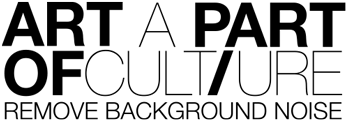


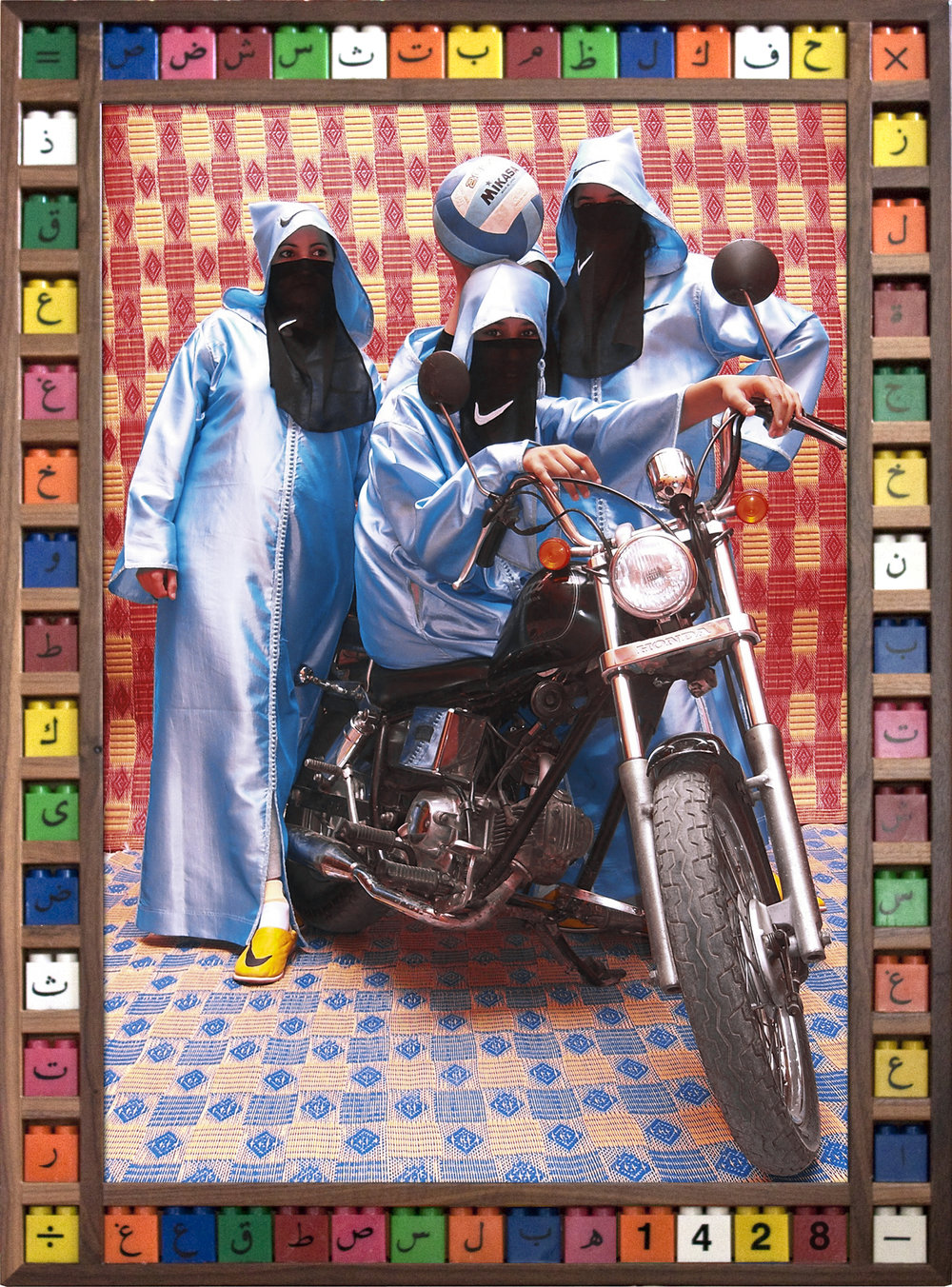
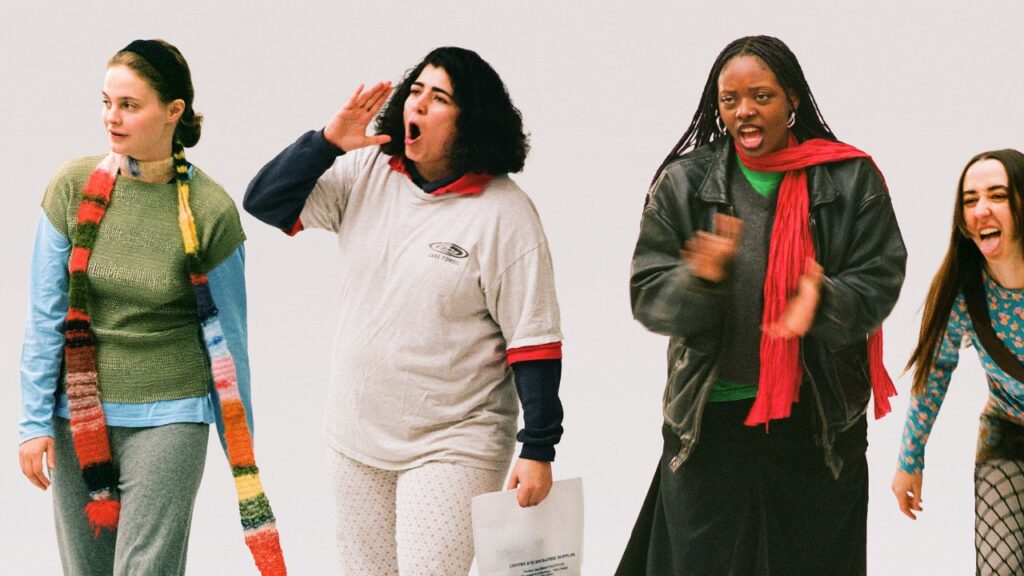
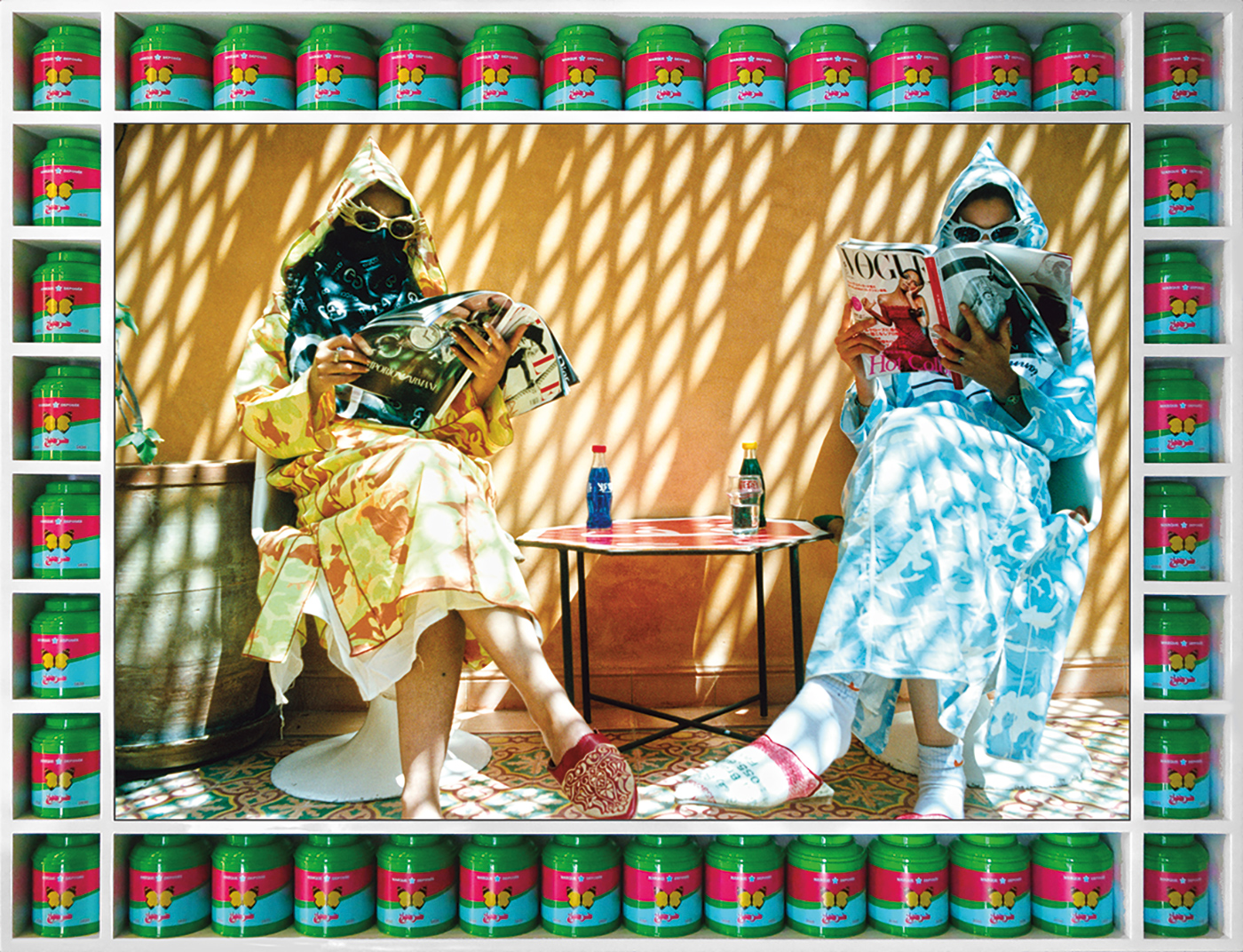
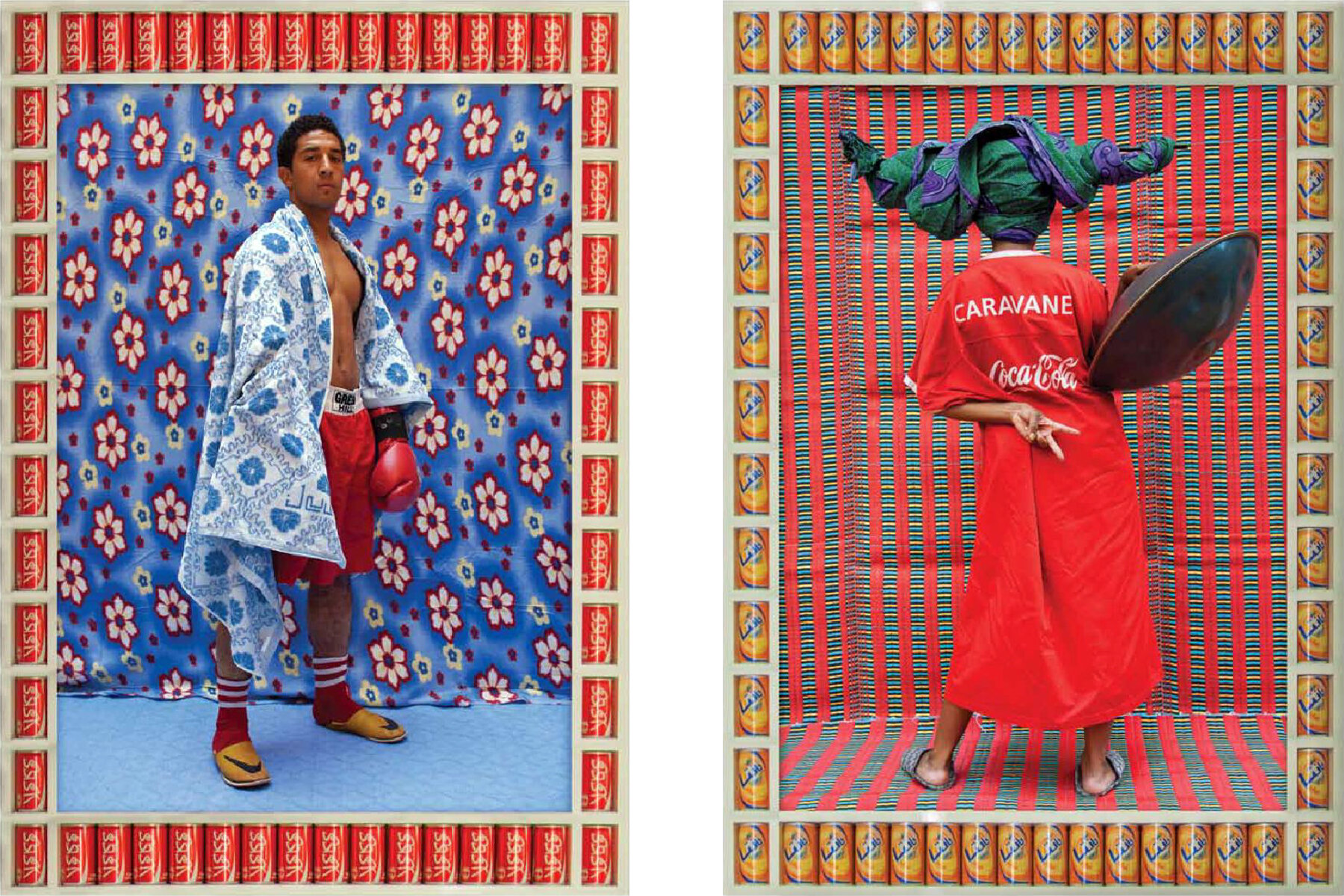
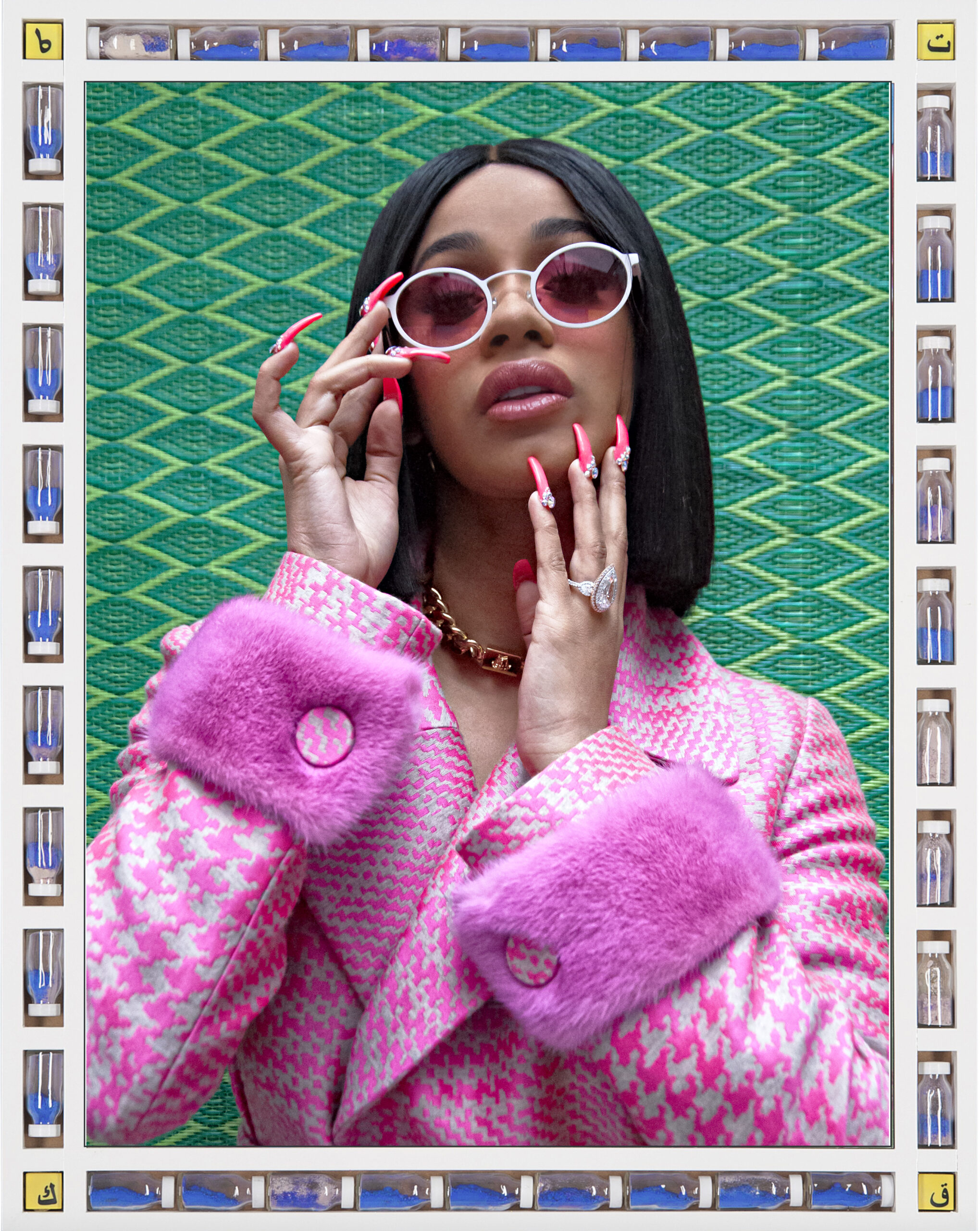
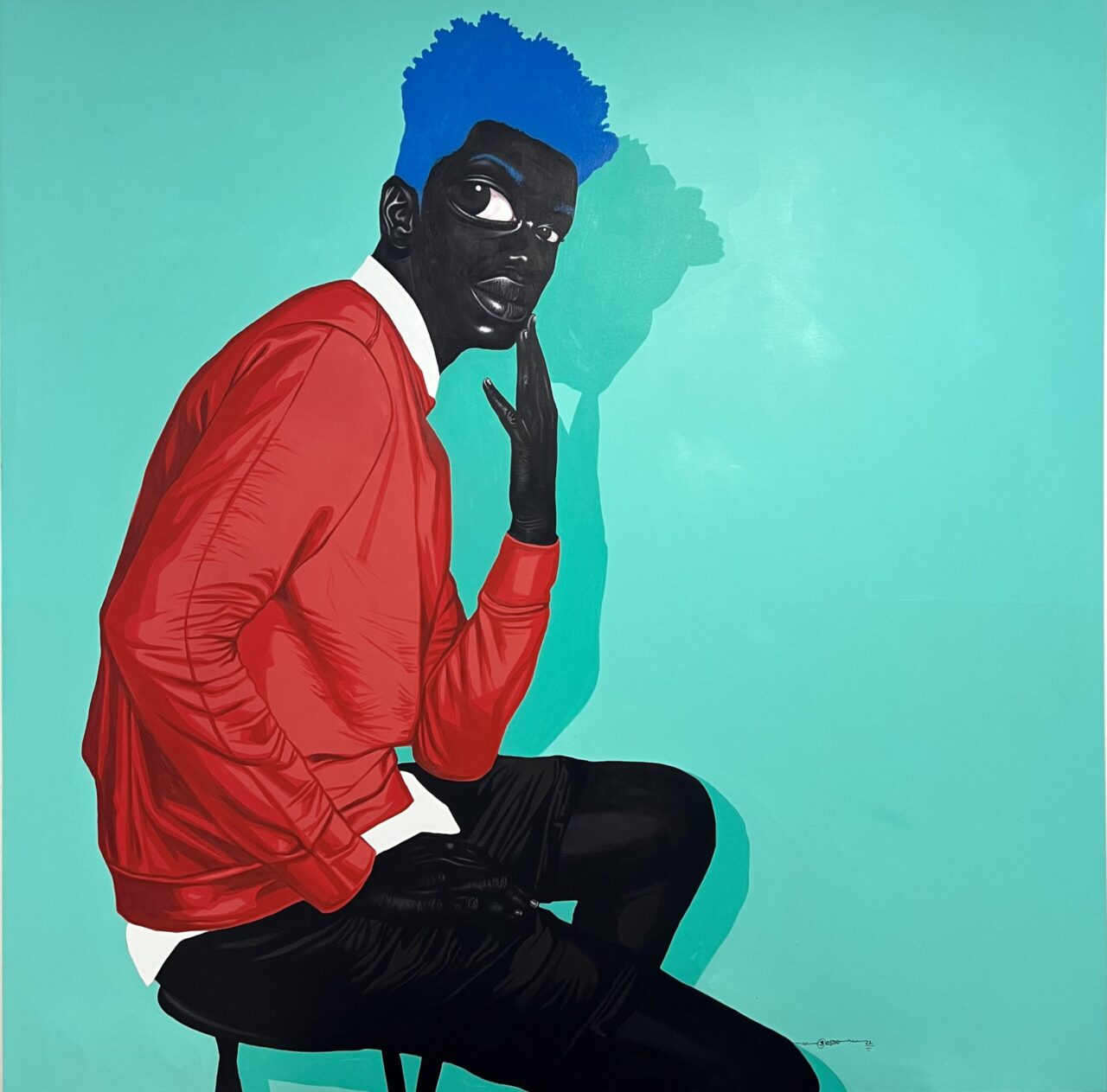
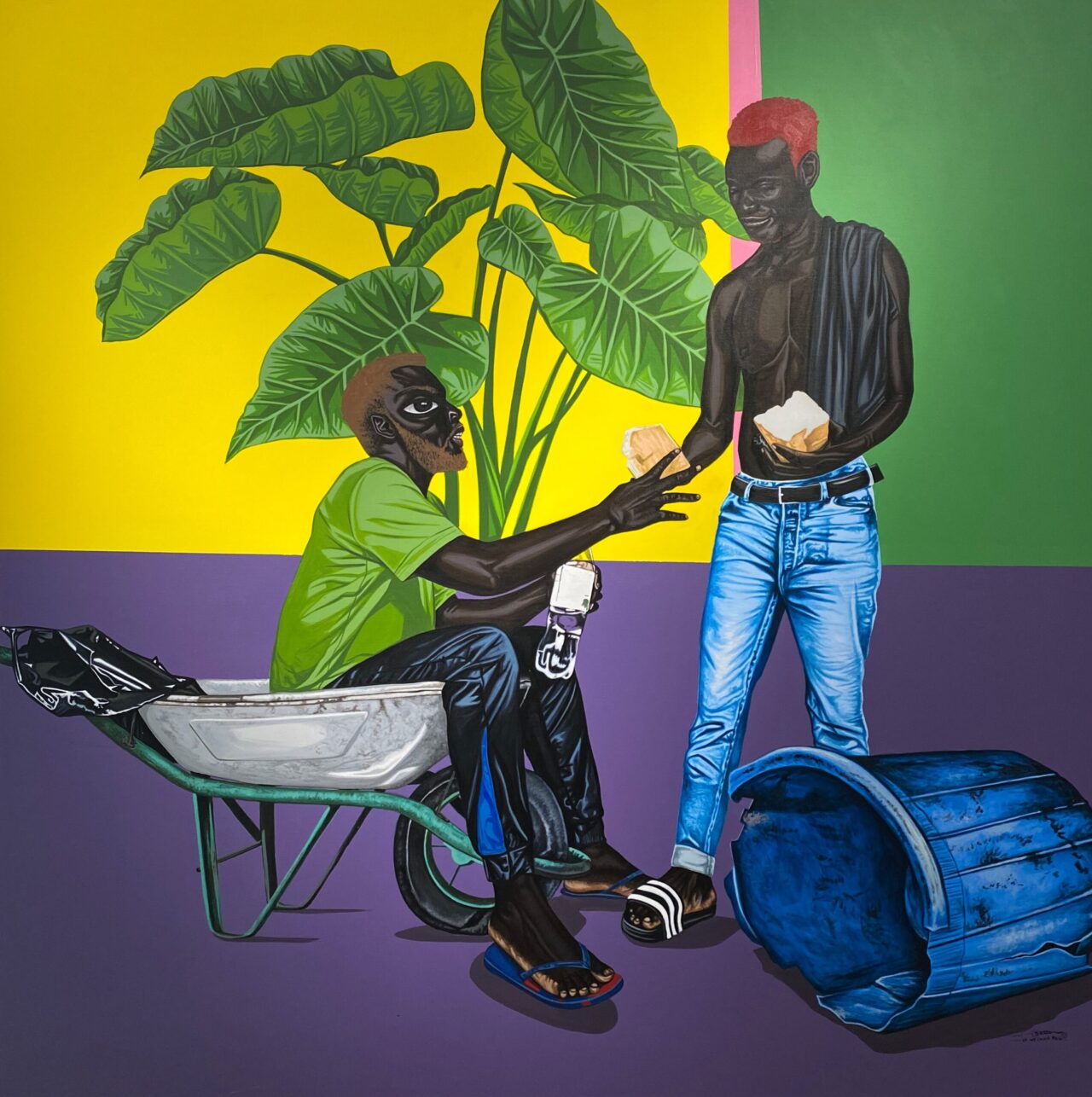



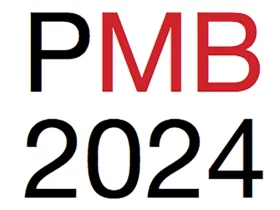
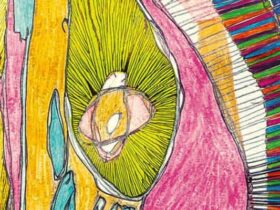
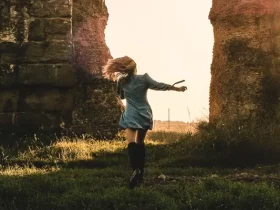
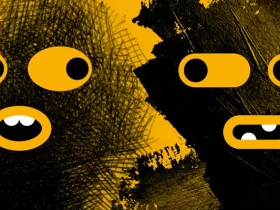

lascia una risposta